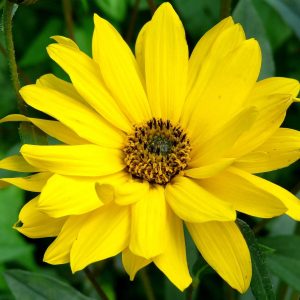
Description
Calendula oil is typically made by macerating marigold flowers,17 and the resulting product is quite sticky and is well known for its anti-inflammatory, antiseptic beneficial properties. Marigold is a genus of plants in the Asteraceae family. This flower is native to Southwestern Asia, as well as Western Europe and the Mediterranean. The common name “marigold” refers to the Virgin Mary, with whom it has been associated since the 14th century, when it was included as an ingredient in an English recipe for fighting plague. Pot marigold, or “C.Officinalis”, is the source of the herbal oil.9 “Calendula” comes from the Latin word “calendae,” meaning “little calendar,”10 because the flower can bloom in every month of the year
Benefits
• skin dryness or chapping (Moisturizer for dry and severely chapped, damaged or split skin. Helps in smoothing the affected area and reduces pain.
• inflammation (Works well on sprained muscles or bruises, aids in alleviating spider veins, varicose veins and leg ulcers)
• baby care (Alleviates extremely irritating diaper rash).
• minor cuts and wounds (Speed up healing of wounds and minor cuts, alleviate insect bites, acne and bed sores)
• skin issues (Eczema, psoriasis, dermatitis and other skin problems may be addressed by applying calendula oil topically. Also great for alleviating athlete’s feet and other body parts)
Precautions
It is advisable to consult your health care provider before you use it, especially for therapeutic use if you are allergic to plants like marigolds, daisies, ragweed or chrysanthemum. There’s also little information regarding the safety of calendula oil for pregnant and nursing women


